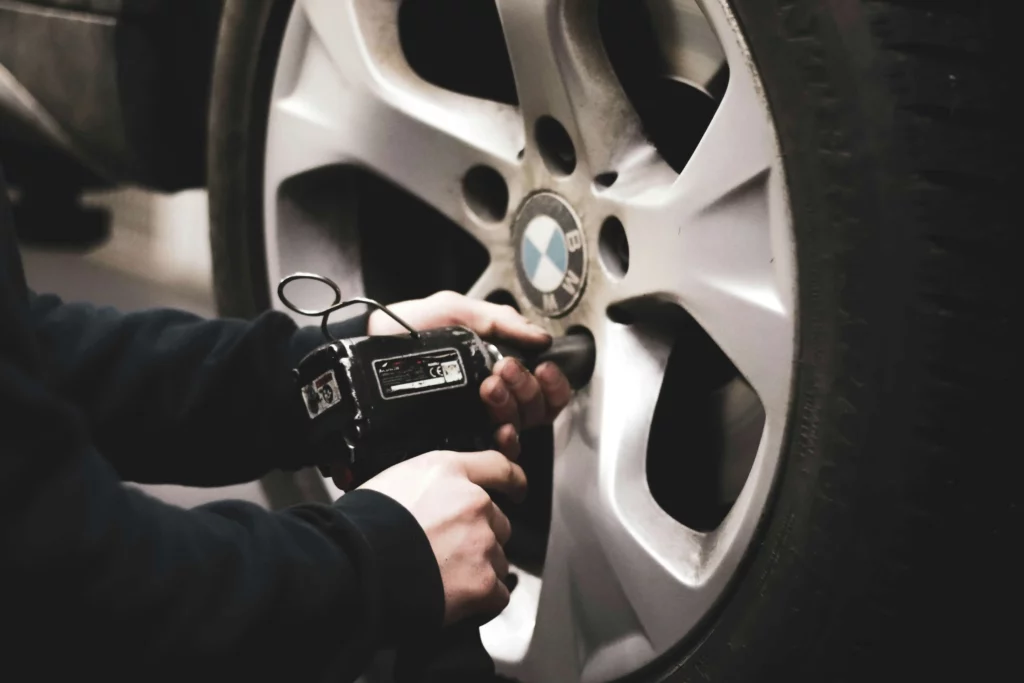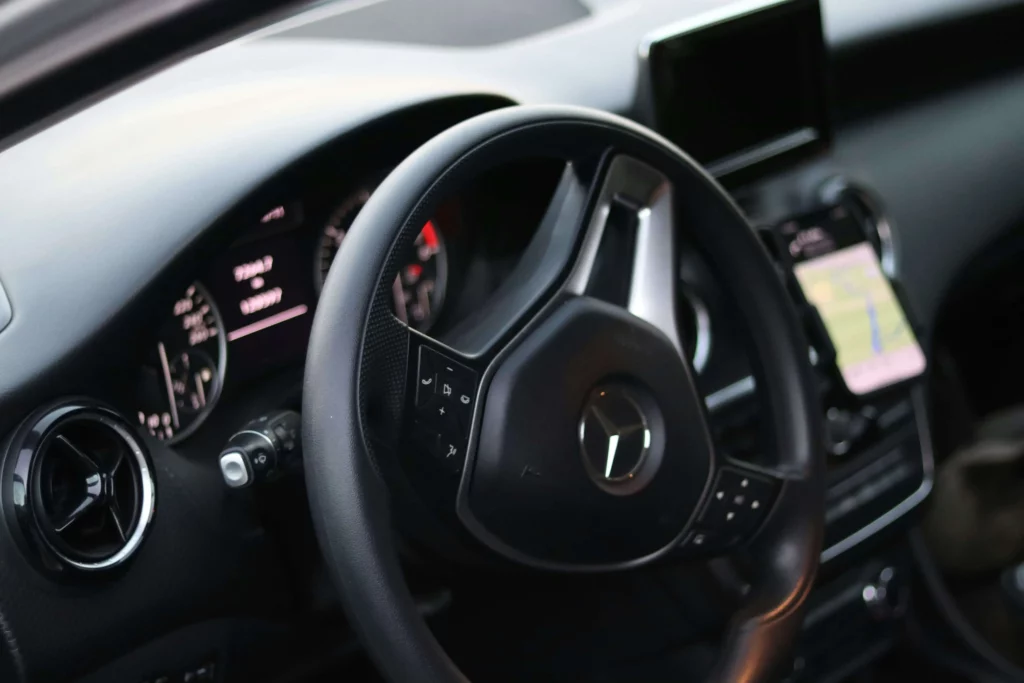Advanced driver assistance systems, also known as ‘ADAS,’ are vital for keeping us safe on the road on a daily basis. They are designed to detect danger on the road, automate processes to aid with long-haul journeys, and even intervene during vital moments.
But to feel fully safe whilst relying on these systems, you probably want to understand more about how they work, and how to keep them perfectly calibrated to avoid potentially dangerous situations. We’ll take a look at just what ADAS is, how it works, and how it keeps us all safe on the road.
What is ADAS?
ADAS stands for ‘Advanced Driver Assistance Systems,’ and they are technologies designed to help drivers safely control a vehicle, in a number of different ways. The very first ADAS technologies can be traced back to the 1970s, in the form of anti-lock braking systems, and have gradually evolved since then. This has come in the form of things like automatic parking and traffic sign recognition, and they are only getting more advanced and intelligent.
Although safety is the primary concern for ADAS, these systems also work to increase comfort during driving. Some features which you may previously not have even realised were ADAS, such as cruise control or adaptive cruise control, will maintain certain speeds or driving patterns which account for safety and comfort combined.
Typically, almost every vehicle on the road today will have at least one or two features, with high end vehicles boasting even more features which are also more advanced. There are many statistics to support the claim that ADAS decreases the likelihood of many different forms of collision/accident. Suggesting that the increase in the use and installation of them is beneficial to road safety.
For more information on ADAS calibration, check out our dedicated blog: ‘ADAS Calibration: What Is it?’
How does ADAS work?

ADAS works by monitoring a vehicle’s surroundings through highly-calibrated sensors and cameras to detect hazards and inconsistencies with your driving. Upon doing so, these systems might alert a driver to the issue through warning lights on a display panel, beeps and buzzes, or even by taking control of the vehicle automatically.
To break down the process of detecting danger and providing warnings, first we need to look at how your car senses the immediate environment:
- Sensors, radar, and lidar all constantly scan the environment for warning signs by capturing visual information, measuring speeds and distances, and creating detailed maps of surroundings.
- The software installed in your vehicle then analyses collected data to interpret dangers in real-time and proactively responds, choosing the appropriate course of action.
- ADAS provides visual prompts, auditory signals, or automatic interventions to either help the driver or take complete control whilst preventing an accident.
To better understand how ADAS would implement the final step, you need to understand the 6 levels of ADAS.
ADAS safety features
There are a number of different ADAS safety features. More common systems include forward collision warning, automatic emergency braking, and blind spot detection, whilst the less common features are remote parking, automatic emergency steering, and driver drowsiness detection. Remember, whilst most cars on the road are equipped with at least one ADAS feature, it’s very unlikely that any vehicle will have all of them:
- Automatic emergency braking – Detects obstacles or potential collisions and applies brakes quickly to avoid or reduce severity of crash.
- Lane departure warning – Some systems detect if a vehicle is slowly and unintentionally drifting out of the intended lane and alert the driver to this. Lane keeping assist would automatically make slight adjustments to steering to keep the car in the lane.
- Blind spot detection – Constantly monitors blind spots and quickly alerts drivers to approaching vehicles which might be difficult to see.
- (Adaptive) cruise control – Cruise control maintains a specific speed set by the driver when driving at a consistent speed, whilst adaptive cruise control is able to actively adjust speeds to match other vehicles and maintain a safe distance.
- Driver drowsiness detection – Whilst not as common, some cars have systems which monitor your behaviour as a driver and flag inconsistencies/errors as potential drowsiness, alerting drivers with a warning and suggesting a break.
How ADAS keeps you safe on the road
Fundamentally, ADAS keeps you safe on the road by making every vehicle less likely to be in an accident. By helping us as drivers, and providing warnings based on external and uncontrollable factors, you’re much less likely to get into a collision of any sort.
Also, ADAS is designed to lower the severity of incidents which are unavoidable. An example of this is automated emergency braking: even if you do get into a crash, the idea is that one of these systems will have intervened quicker than human reaction times allow, and that could be the difference between a minor and a major accident.
A lot of accidents aren’t your fault, often another driver’s error will lead to damage to your car, or worse, injury. Again, ADAS makes this less likely by correcting other drivers on the road in their vehicles, so even for accidents which aren’t on you, ADAS is keeping you safe. Advanced driver assistance systems are most effective and keep you the most safe when properly calibrated. Check out our blog for more information about ADAS calibration.

